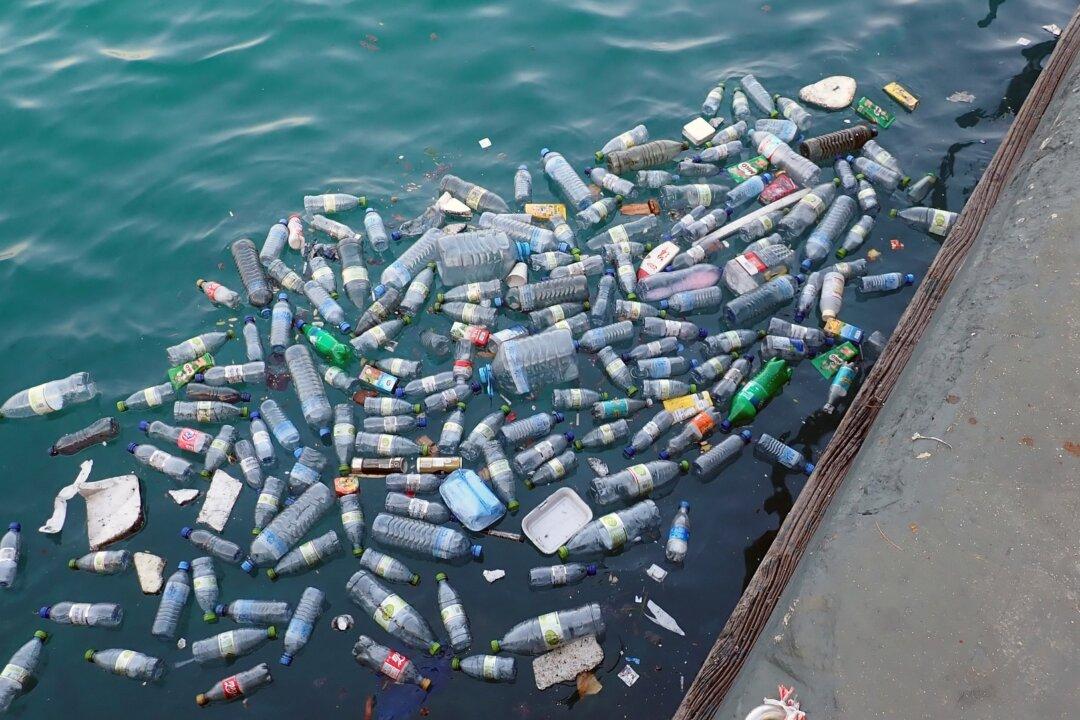Plastics entering the world’s oceans may nearly triple by 2040 if the situation is left unchecked, according to a recent study.
The amount of seaborne plastic waste has surged dramatically since 2005, to an estimated 171 trillion plastic particles by 2019, according to research published on March 8 by the 5 Gyres Institute, a U.S.-based non-profit working to reduce plastic pollution.





